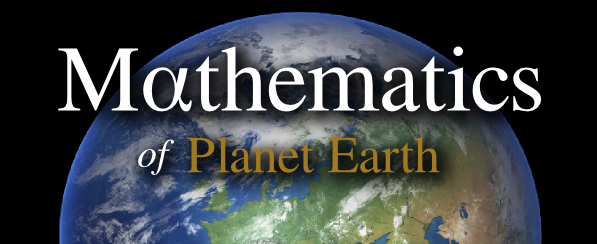Published by MPE PhD Student Ryosuke Kurashina, on 17th May 2021. The paper can be viewed in full here.
Authors: Ryosuke Kurashina, Pavel Berloff, Igor Shevchenko
Abstract:
This study examines the influence of flow nonlinearity in western boundary layers upon the turbulent wind-driven ocean gyres. Our analysis involves comparisons between large-scale circulation properties of the linear and nonlinear states, as well as a Lagrangian particle analysis of relevant flow features. We find that the so-called counter-rotating gyre anomalies, which are nonlinear circulation features embedded in the gyres, are consistent in shape with the linear, weakened, wind-curl response created by the geometric wind effect. However, the linear response is far too weak without considering nonlinear effects. Within the western boundary layer lobe of these features, the nonlinear boundary layer has a pivotal impact upon the global circulation. Effects of potential vorticity advection inhibit viscous relative vorticity fluxes through the western boundary. This creates a significant potential vorticity imbalance between the gyres. Consequently, this generates an accumulation of enstrophy downstream in the inertial recirculation zones, which in turn supports the eastward jet. However, within the ocean basin, the growing imbalance is eventually rectified by inter-gyre potential vorticity exchanges owing to nonlinear fluxes. The Lagrangian particle analysis reveals the inter-gyre exchange mechanism, where particles seeded within the western boundary layer migrate between the gyres and weaken the eastward jet extension.F







